


 |
 |
 |
Everything just kind of fell into place like it usually does in The Command. We weren't sure exactly how we were going to build these memorials in the beginning but eventually figured out how make them a bit personal and fitting to man and machine. Walt ray's was no exception..except that it was. I spent a large portion of my life looking for him and his sled. By this time I felt that I have become a bit involved in the story itself as it continued to unfold years after it went cold for several decades. This memorial had to stand out slightly from the rest. Not that Walt was any more deserving than any other pilot that gave his life, but more that it had by now, become so much more personal for me. Also nothing had been erected since 5 Jan, 1967. By the time I started looking, 30 years had passed. By the time we left the plaque, 45 years. It was time to do something special.
Mercedes and I started looking for A-12 pictures on the internet to create Walt's memorial from. Many are actually SR-71's, the chines are wrong. So we used an SR-71 and punted on the front. It's close. We hooked the laptop to the TV and scaled it scientifically, as wide as the 42" display would allow, and scrolled down while tracing on body shop paper. We'd pick a good place to stop and mark it on the paper, then scroll and re-tape the paper in place. This was completed in 3 sections. Then the engine nacelle diameter was measured, by chance it measured 2 1/2". Lucky for us, that's a VERY common diameter of tubing. Mercedes cut the pieces out and they sat rolled up in a safe place until we had another memorial cut out and knew how big of a piece of steel world be required for both.
I carried the 2' X 4' piece of 1/4" steel plate and flopped it on table. She traced the parts out on the cold steel. She was worried about not getting it perfect, good girl. I told her that it didn't matter so much as she thought it did, because we could use a straightedge on the straight sections, and could grind the rounded ones. Besides the plasma cutter, while much superior to a cutting wheel, isn't an 80 ton press with a die. It ain't perfect, and neither are we. I've said it before, and will say it again. There isn't enough beer in the world to make this job easy. Each one of these has its own imperfections, as any handcrafted work does. And I wish there was never a reason to make one of these, but unfortunately, in the real world, there are too many reasons.
We later moved to the garage where we cut the individual pieces and hammered them out of the steel sheet. Mercedes has been using the plasma cutter since Maj. Mulhare's memorial some 3 years prior. It isn't often, but she picked it back up like riding a bike, and made a few cuts. I finished up and took care of the more detailed sections. Cutting and hammering, pieces hitting the floor, slowly progress was being made. After all the pieces dropped, it was clean up time. A hammer and chisel banged the slag off the back side of the cuts. Then it was their time on the grinder, smoothing edges and taking away the larger imperfections, the smaller ones and cutting marks staying. This wasn't built to be perfect, but for a group of regular guys to honor and pay tribute to a fallen hero. Each and every Blackbird, including this one were handbuilt. Next the engine nacelles were made in the bender. I have an exhaust pipe bender from my old auto shop. I've built all kinds of things from roll cages to bumpers to what have you. Now its swager was being used to form parts for an A-12 to memorialize a fallen airman for all that he has done. The front end was put in a ball flange die to round the ends into a slight roll. The rear was put in a reducing die to neck them down to 2 1/4" OD from the 2 1/2. This gave the basic look of the powerful J-58 engines.
The fuselage was laid out and the engines were attached with welding magnets, lining them up as close as possible. The engines were tack welded in place, in case they needed a hammer to separate them and try again. First time worked out. Next the wings were stuck in place in the same manner. There were no jigs, this was all freehand. Suprisingly after a few brews, this thing is very straight. But it took a few adjustments with the magnets before welding. I'd rather measure a half dozen times, than break welds later. Then the rudders were welded on, trying to keep them true to form, these again are very close, not perfect, but damn near.
The final problem was how to build the inlet spikes. I had several ideas ranging from sheet metal to casting to having them built from Titanium by a major aircraft manufacturer. None of these were to pan out for various reasons. A friend suggested using plumbbobs. I tried getting dimentions from some amazon suppliers, but no responses. Time was closing in on me and a trip to the hardware store down the street found the parts. Probably not close enough, but enough to convey the idea here. The back unscrewed and would have been great, except that their odd metric thread was unavailable in town. I purchased a pair of metric bolts of the same diameter and a more standard thread pitch. I ran a tap through the soft brass and made them fit. The bolts were welded to 3/8" rod and fitted a half dozen times each to get the angles and depth as close as possible for the spikes. Welding one end warps the steel and changes the angle. You can bend it slightly before it snaps. You get as close as possible and run with it. I can tell, but most people that saw it couldn't tell at first glance. Good enough.
The finishing touch was welding the monument to the post that would hold it and the flange that would permanently anchor it to the rock outcropping at its final resting place. The post was cut at an angle to keep this raft pointed slightly skyward. Robin held the post while I held the jet and tacked it in place. Its center of gravity was so perfect that it balances on a 2" post, without the flange. The flange was cut, drilled, signed, and welded on. The craft was then painted in wrinkle black and the inside of the engine nacelles red at the rear. The post was left natural to rust, as was the plaque. I did enjoy the time it spent in my garage being built and waiting to be set on stone. I felt on some nights, and a few brews, that maybe this is what has been lacking in one stretch of desert for so long. It will be missed, but at the same time I was glad to see it go. Now it can honor its intended hero for at least the next hundred years, and anyone who makes the trip to do the same, can see it.
It is not the easiest place to get to, but I encourage you to go. You can get within hiking distance with most cars, if you pick your line. Any 2 WD truck will get to that point. If you have either of these, park at the Cherokee Mine. If you have 4 WD, you might make it to the monument, you might not. Friends got a stock Jeep stuck, and we decided to walk rather than pull it out, as the road gets better and worse again since the big '05 flood. I have a 4" lift, front locker and rear limited slip, on 33's and could drive to the bottom of the hill. Know your limitations, and have backup plans, either another truck, extraction gear (trees here are shit anchors),extra water (you're 30 miles from a paved road). Verizon has intermittent signal from the memorial site, but don't count on it. If in doubt, hike in, it's not that bad in under 100 degree weather. Use your own judgement.
We met up with Dave Budd of Photorecon.net late at night in Meadow Valley and camped. We set out in the morning, headed for the Cherokee. The 2 WD trucks were parked by the mine and everyone piled in and on top the Suburban. We picked our line and plowed through the washed out road that was on the map. We found traces of old road that was not on the map, yet is visible from the aerials. This road was made by Lorin Bunker, the miner I talked to years ago, who mined this area in the early 60's. There were a few places where it was mentioned that we wouldn't get through, but the work on the truck proved itself. No problems, just a few places that slowed us down and made us work the tires a bit. Eventually we pulled just below the site and started unloading gear.
Eric hauled the monument up the hill, all 47 lbs of it. Alex hauled the welder up, 2 lawn & garden batteries and a set of jumper cables with an electrode holder on one end. I hauled the drill and demo hammer / drill and other tools and hardware. When we got to the top, the old plaque was still in place with a piece of 928 and my old beer bottle. It was time to get to work, not that lugging all that gear up here wasn't a bit of work.
We punched holes into the native rock with the hammer drill after we decided which way to point the plane. We debated weather to point it more up, or West. It ended up pointed home, to the West, toward Groom. After the holes were drilled and anchors sunk, I started tightening the bolts while Dave and Alex held the monument in place. Eric drilled holes in the plaque for the anchors. Meanwhile Alex was facing the rock for the plaque. I was just finishing tightening the last bolt on the plane, stretching the flange to conform to the not completely flat rock, and the anchor snaps off. The old mecanic's trick of using a wrench on a wrench to get more leverage backfired. Both wrenches went flying, one landing 20 ft below us and the other on a bag, an inch from falling between the rocks and being lost forever. Guess which one would have been lost. Kat grabbed the wrenches, having expertly followed both of them. I drilled out a new hole in the flange with a VERY worn out bit. And set a new anchor, using the one wrench this time.
I drilled an anchor hole for the plaque and Kat and Mercedes finished the rest. We pounded the anchors home and brought out the welder. I welded the first two nuts to their bolts and passed it off to the others. Robin, Susan, Eric, Alex, and Kat burned the rest in to make this as permanent as possible. We had a beer with Walt as we took pictures and packed up our gear.
I was the first one up and the last one down, needing a little extra time to say hello and goodbye to Walt. It was quite the journey to get here, and it wasn't easy. But if it was easy, everybody would be doing it, and somebody would have done it already. It's done now, 47 years late, but it's done. While the surrounding desert may be silent, if you stand here behind this bird, and with a slight breeze, you can still hear the whine of the J-58's. The ghosts of Walter Ray and 928 are still headed home.
Related articles:
The Search for Article #125 by Jeremy Krans
Salute To A Fallen Airmen - Walter Ray
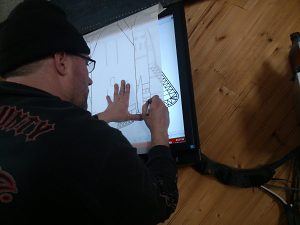 |
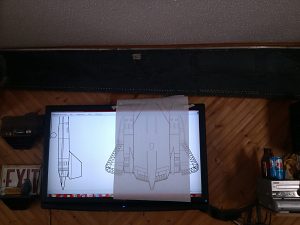 |
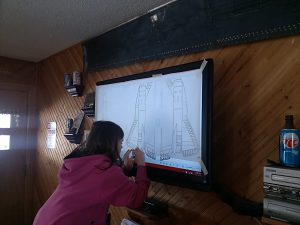 |
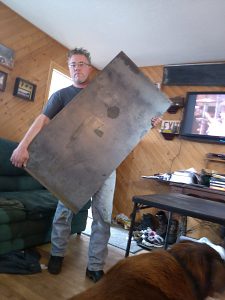 |
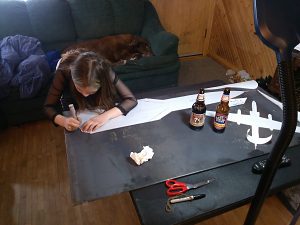 |
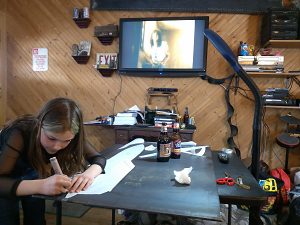 |
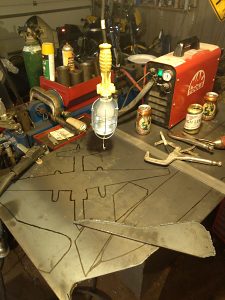 |
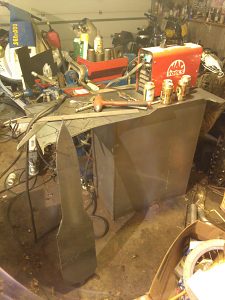 |
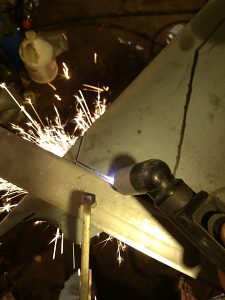 |
 |
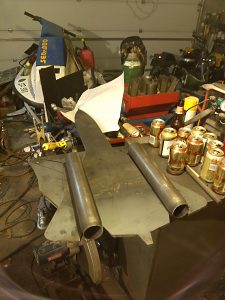 |
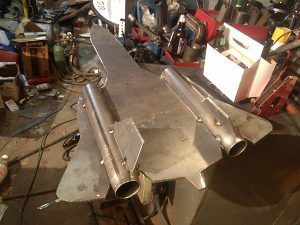 |
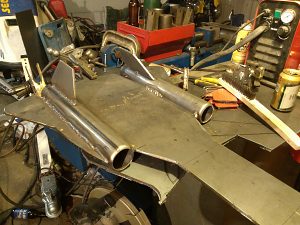 |
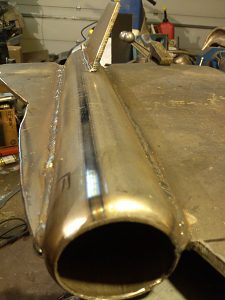 |
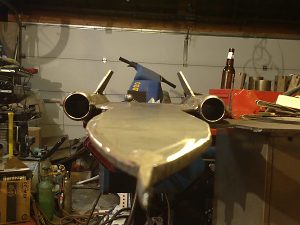 |
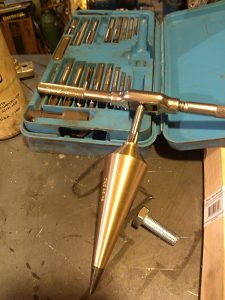 |
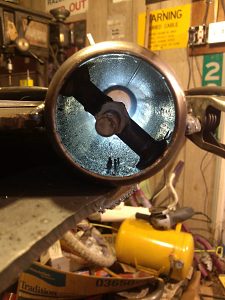 |
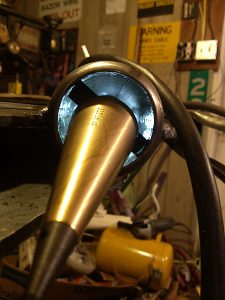 |
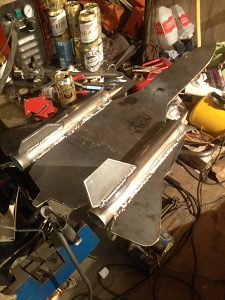 |
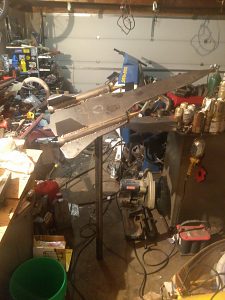 |
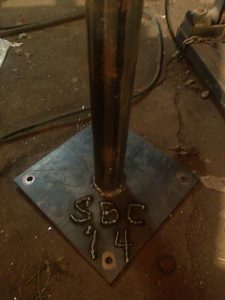 |
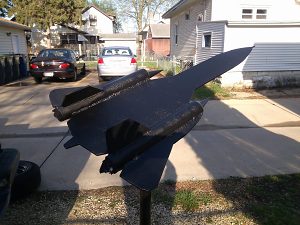 |
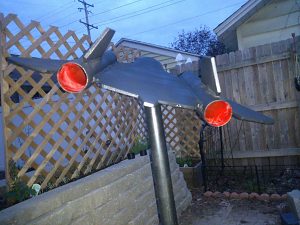 |
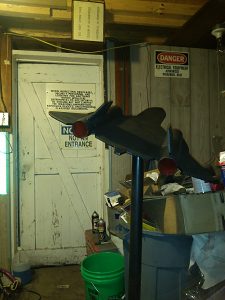 |
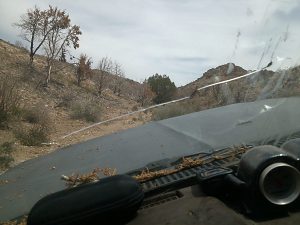 |
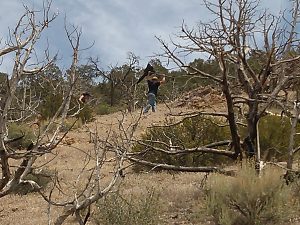 |
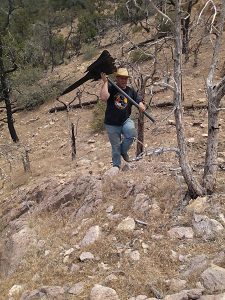 |
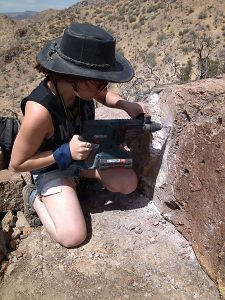 |
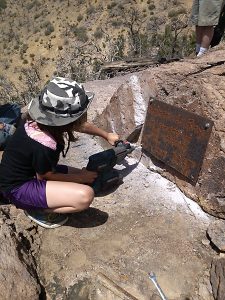 |
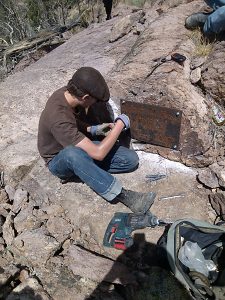 |
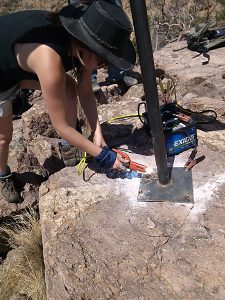 |
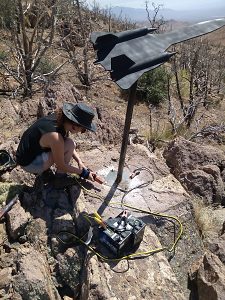 |
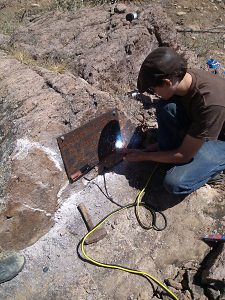 |
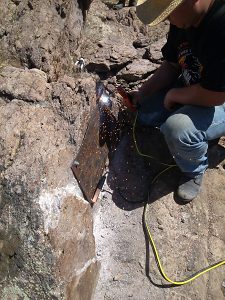 |
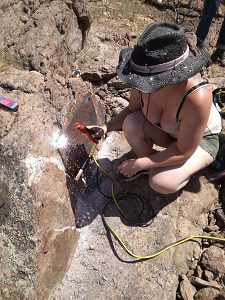 |
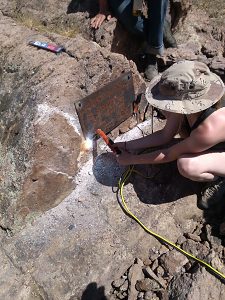 |
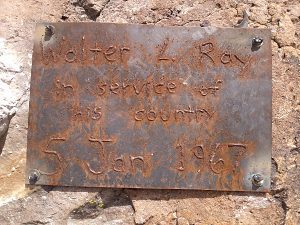 |
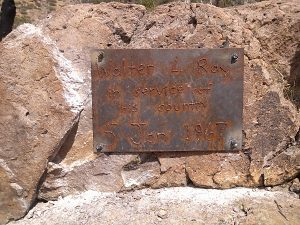 |
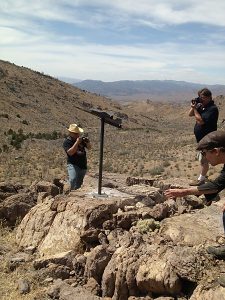 |
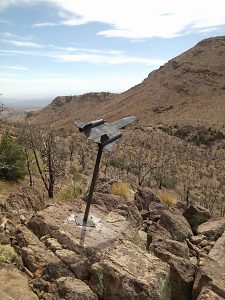 |
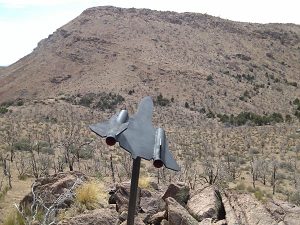 |
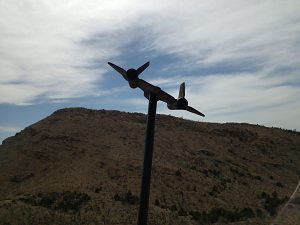 |
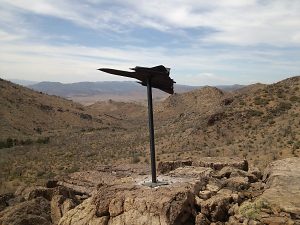 |
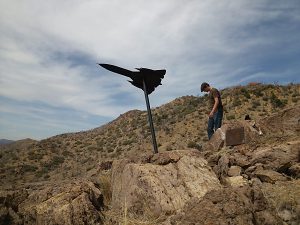 |
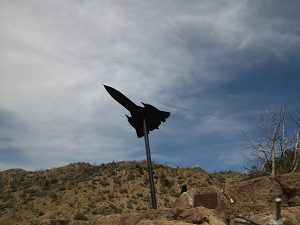 |
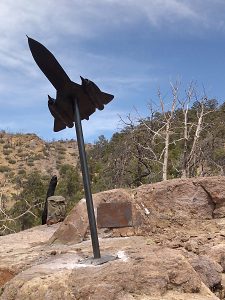 |
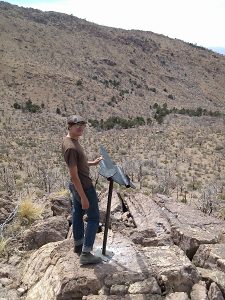 |
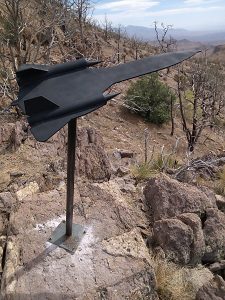 |
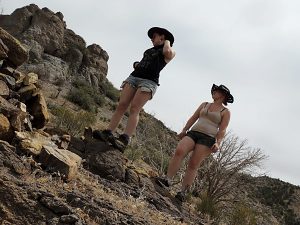 |
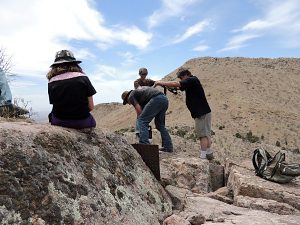 |
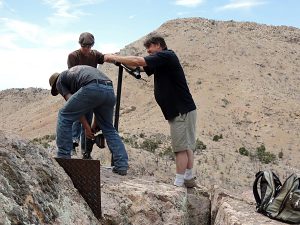 |
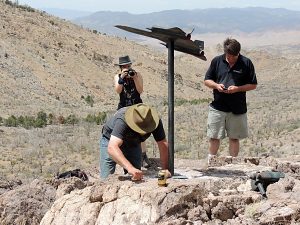 |
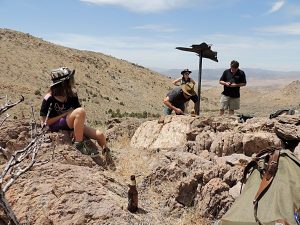 |
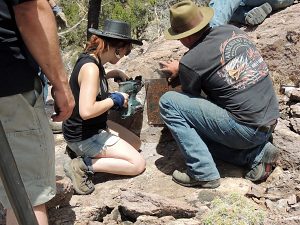 |
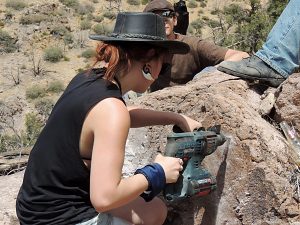 |
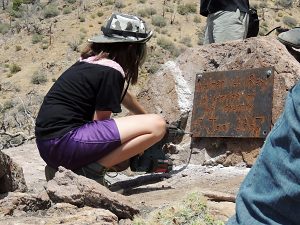 |
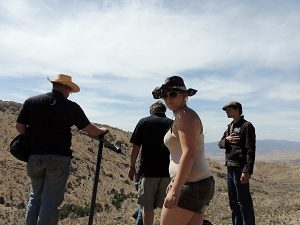 |
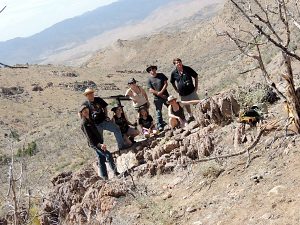 |
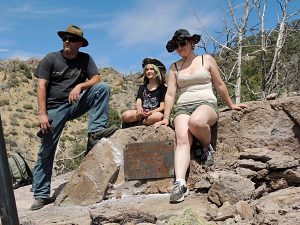 |
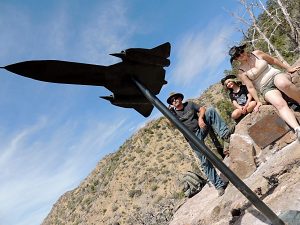 |
 |
||
| Update: Exhibit at the Atomic Testing Museum in Las Vegas, NV | ||
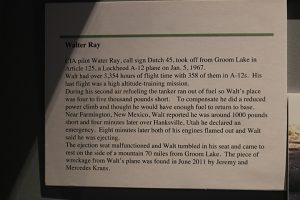 |
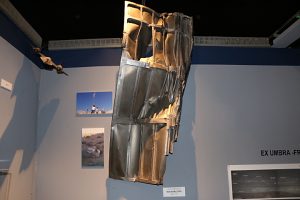 |
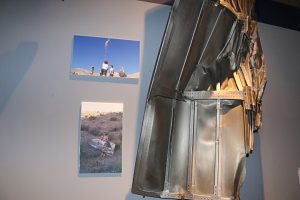 |
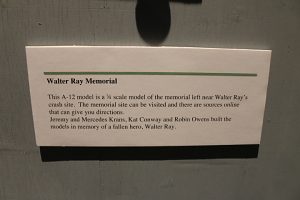 |
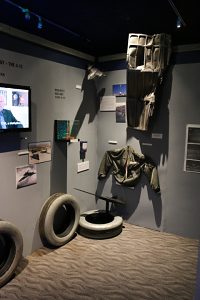 |
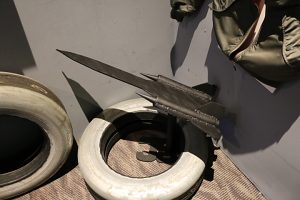 |
 |
 |
 |